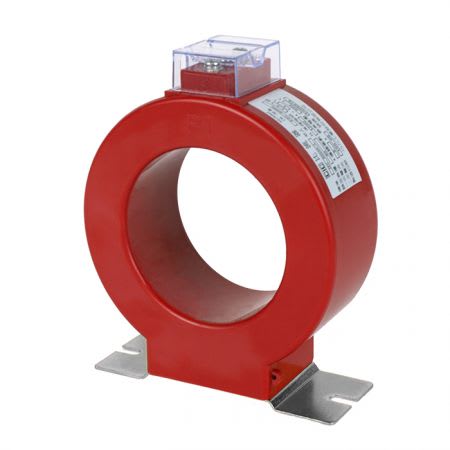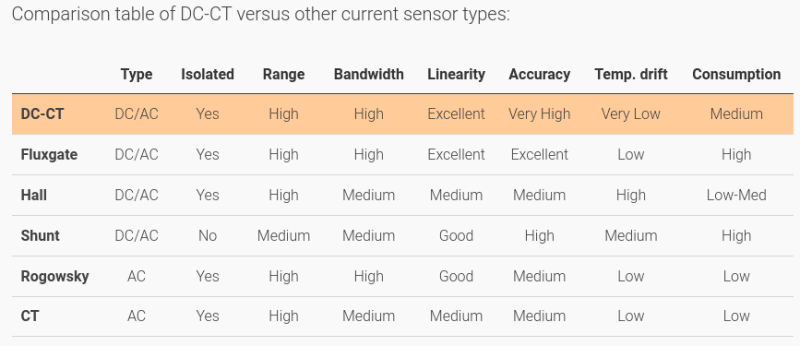Dear Mr. edison123
@ all learned advisers
"....#1. The CT is rated for 1000/7.5 A. For drying out the generator stator winding, about 300 A DC was passed through the winding for about 8 hours (4 hours in one direction and then 4 hours in reverse direction)....#2. The secondaries were shorted during this time. Hence, my doubts whether the magnetic characteristics of CT got affected by this long time DC current....#3. .. Why would the secondary be damaged?...#4. I will be testing the CT's with primary injection kit shortly and will let you know the results...."
#1. The CT is rated 1000/7.5A. The DC current is 300A for 4h and reverse after 4h. I guess that the Idc = 300A, which is << 1000A. Therefore, the [primary single turn conductor or bar] would NOT be heated. I doubt the iron core would be heated up at all, for any reasons
#2. " The secondaries were shorted during this time... "
I am of the opinion that the [secondaries are shorted or open] is immaterial, as there is NO induction with DC. Therefore, there is NO induce voltage (that may cause high voltage insulation breakdown) or current (that may cause over-heating).
#3. I am of the opinion that there is NO reason of any damage; see #2 above.
#4. We look forward to your empirical test result.
Che Kuan Yau (Singapore)



